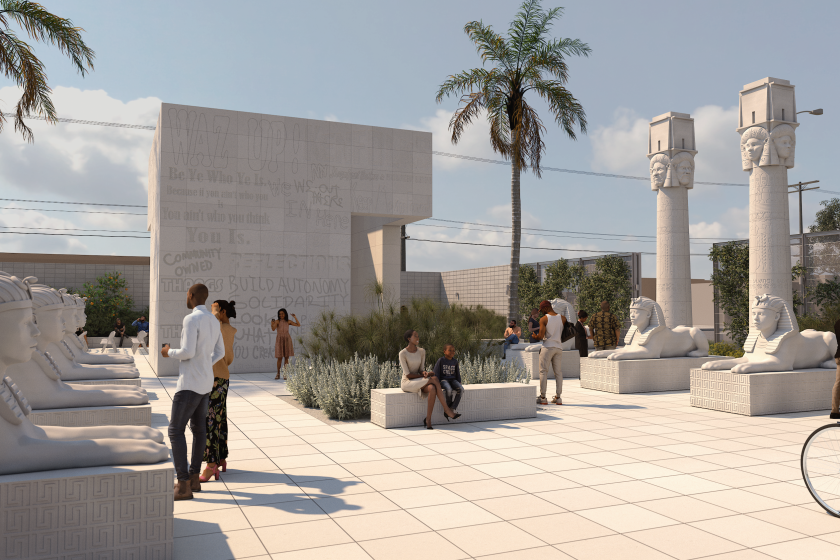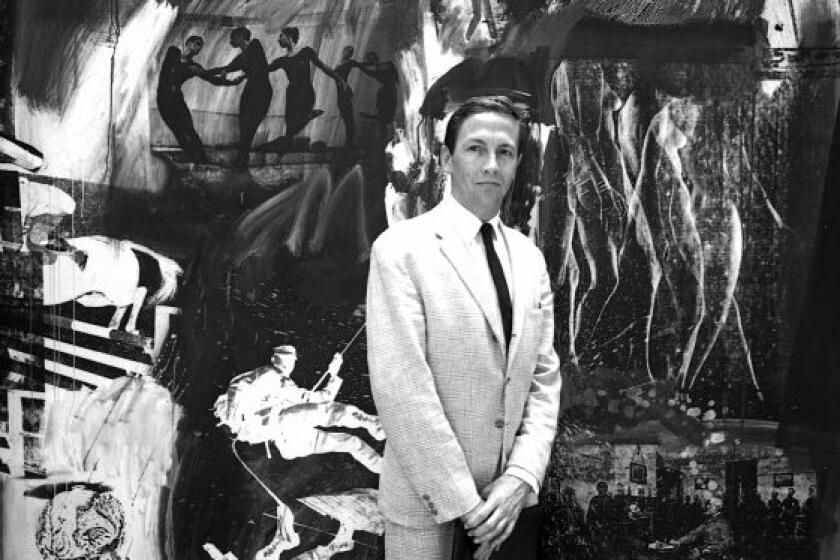Mester, Pasadena Symphony Polish Postwar Gems
With reduced forces in place--temporarily, of course, since the Verdi Requiem is next on their docket March 31--Jorge Mester and the Pasadena Symphony devoted most of their program Saturday night at the Pasadena Civic Auditorium to works completed in the two decades after World War I.
From this rich stockpile, Mester selected three gems, opening with Ravel’s fluid, exquisitely poised memorial, “Le Tombeau de Couperin.” Mester came out of the chute with dizzyingly quick tempos in the Prelude and Forlane, which didn’t faze the expert PSO winds a bit, giving way to an intimately calm Menuet and a rollicking but not-too-fast Rigaudon.
*
The formidable arsenal of pianist Dmitri Ratser was then turned loose upon Shostakovich’s Concerto No. 1 for Piano, Trumpet and Strings, a work that wickedly sends up all piano concertos. He clearly got some of the jokes--particularly the thumping discord in the slapstick finale--but too often, his huge, gleaming, stabbing tone went over the line, using a bludgeon when a rapier would suffice. Better this, though, than the immaculate, humorless approach we often get these days, and Mester backed Ratser and trumpeter Burnette Dillon with much drive in the outer movements and a soulful angst in the slow movement that looked ahead to Shostakovich’s later, massive symphonic Adagios.
Resisting the temptation to linger, Mester kept excess sentimentality out of Barber’s Adagio for Strings, building to a lean yet intense climax. And Mester closed the evening in the 18th century with a Mozart Symphony No. 36 of considerable energy and finesse.
More to Read
The biggest entertainment stories
Get our big stories about Hollywood, film, television, music, arts, culture and more right in your inbox as soon as they publish.
You may occasionally receive promotional content from the Los Angeles Times.






